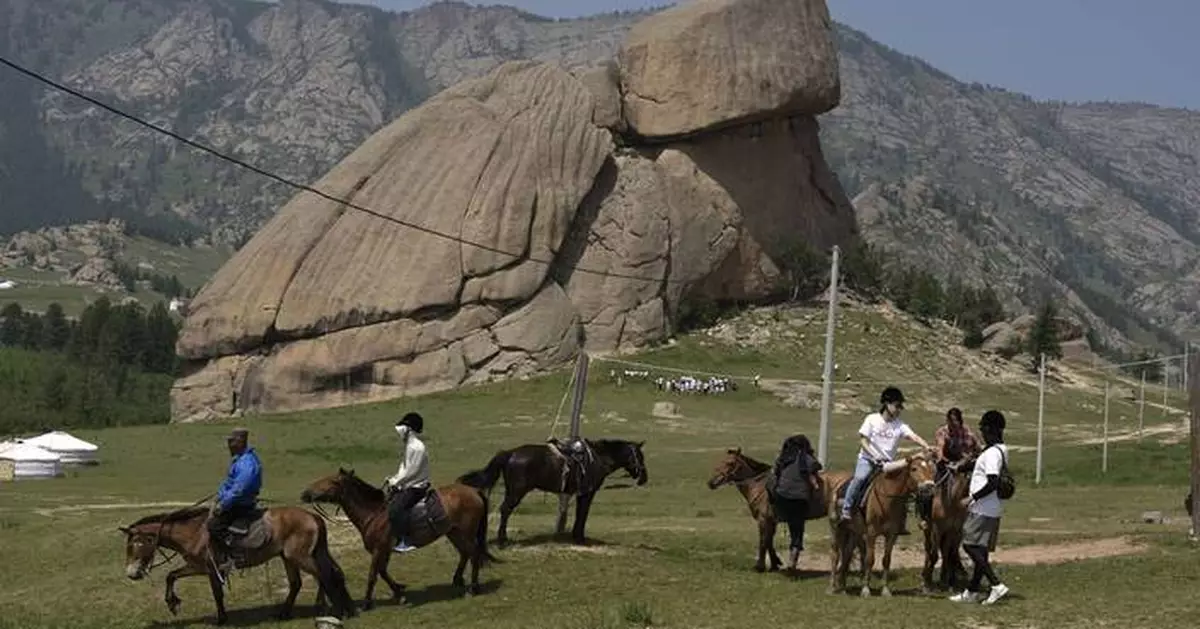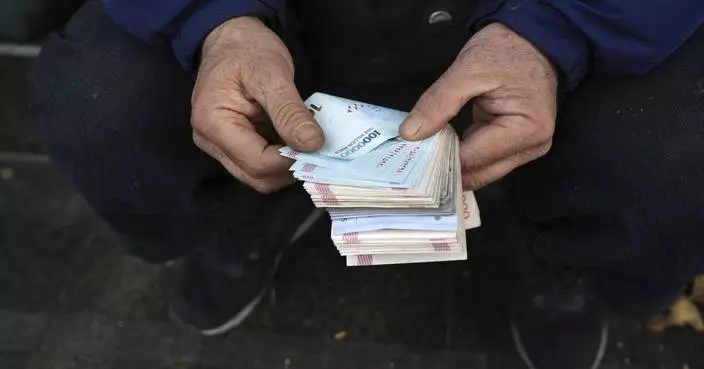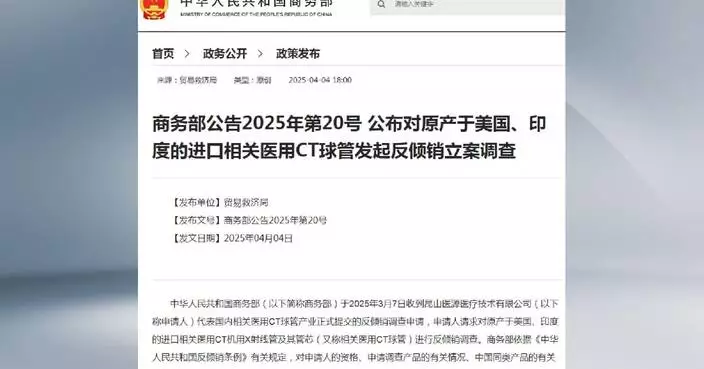ULAANBAATAR, Mongolia (AP) — With its reindeer sleigh rides, camel racing and stunning landscapes with room to roam, Mongolia is hoping to woo visitors who are truly looking to get away from it all.
Like most countries, its tourism industry was devastated by the COVID-19 pandemic, and it has launched a “Welcome to MonGOlia” campaign to win people back. The government has added flights and streamlined the visa process, offering visa-free visits for many countries.
At least 437,000 foreign tourists visited in the first seven months of this year, up 25% over the same period last year, including increasing numbers from Europe, the U.S. and Japan. Visitors from South Korea nearly doubled, thanks in part to the under-four-hour flight.
Despite the gains, Mongolia's government is still short of its goal of 1 million visitors per year from 2023-2025 to the land of Genghis Khan, which encompassed much of Eurasia in its 13th-century heyday and is now a landlocked nation located between Russia and China.
With a population of 3.3 million people, about half of them living in the capital, Ulaanbaatar, there's plenty of open space for the adventure tourist to explore, said Egjimaa Battsooj, who works for a tour company. Its customized itineraries include horseback trips and camping excursions with the possibility of staying in gers, the felt-covered dwellings still used by Mongolia's herders.
There's little chance of running across private property, so few places are off-limits, she said.
“You don't need to open a gate, you don't need to have permission from anyone,” she said, sitting in front of a map of Mongolia with routes marked out with pins and strands of yarn.
“We are kind of like the last truly nomad culture on the whole planet,” she added.
Lonely Planet named Mongolia its top destination in its Best in Travel 2024 report. The pope's visit to Mongolia last year also helped focus attention on the country. Its breakdancers became stars at last year's Asian Games. And some local bands have developed a global following, like The Hu, a folk-metal band that incorporates traditional Mongolian instruments and throat singing with modern rock.
Still, many people know little about Mongolia. American tourist Michael John said he knew some of the history about Genghis Khan and had seen a documentary on eagles used by hunters before deciding to stop in Ulaanbaatar as part of a longer vacation.
“It was a great opportunity to learn more,” the 40-year-old said.
Tourism accounted for 7.2% of Mongolia’s gross domestic product and 7.6% of its employment in 2019 before collapsing due to the COVID-19 pandemic, according to the World Bank. But the organization noted “substantial growth potential” for Mongolia to exploit, with “diverse nature and stunning sceneries" and sports and adventure tourism possibilities.
Mongolia tourism ads focus on those themes, with beautiful views of frozen lakes in winter for skating and fishing, the Northern Lights and events like reindeer sledding and riding, camel racing and hiking.
Munkhjargal Dayan offers rides on two-humped Bactrian camels, traditional archery and the opportunity to have eagles trained for hunting perch on a visitor's arm.
“We want to show tourists coming from other countries that we have such a way of life in Mongolia," he said, waiting for customers by a giant statue of Genghis Kahn on the outskirts of Ulaanbaatar.
Outside the lively capital, getting around can be difficult in summer as the steppes become waterlogged, and there is limited infrastructure, a shortage of accommodation and a deficit of skilled labor in tourism destinations.
It is also easy for foreigners to get lost, with few signs in English, said Dutch tourist Jasper Koning. Nevertheless, he said he was thoroughly enjoying his trip.
“The weather is super, the scenery is more than super, it's clean, the people are friendly,” he said.
Rising reported from Bangkok.
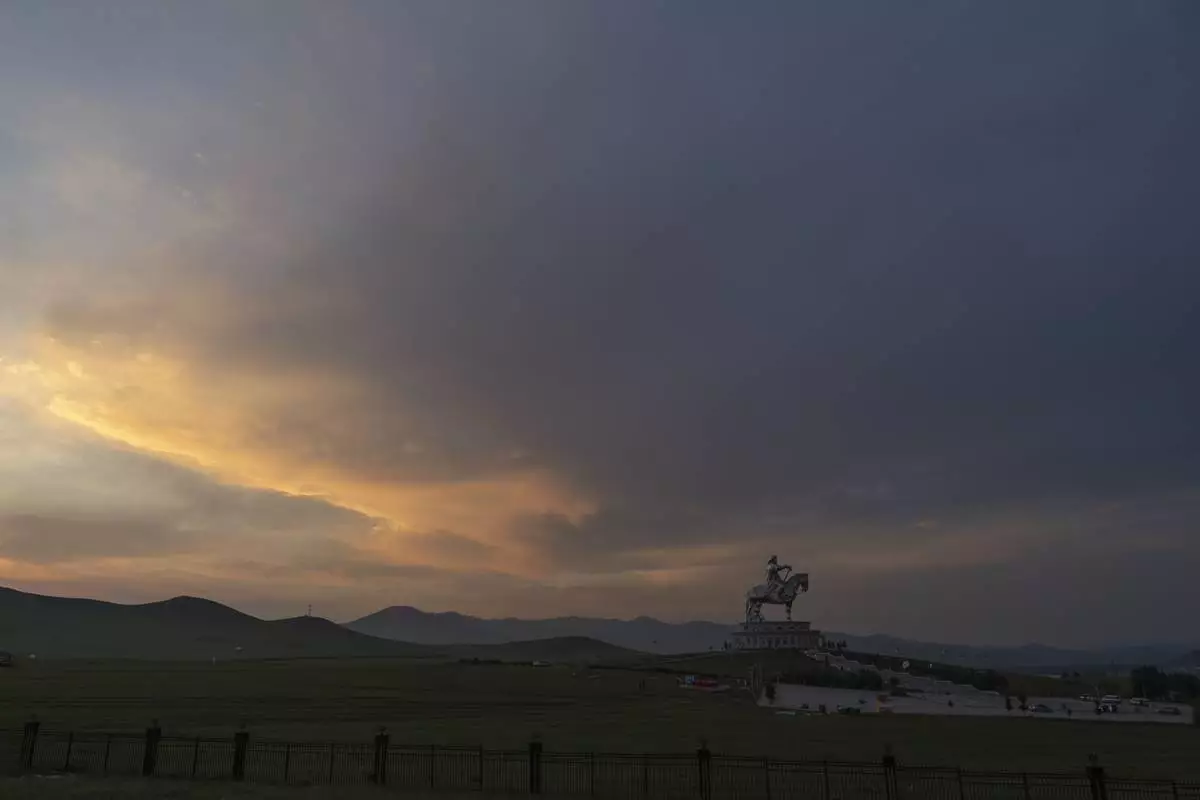
A 40-meter- (130-foot-) tall stainless steel statue of Genghis Khan, a national hero who amassed power to become the leader of the Mongols in the early 13th century is seen on the outskirts of Ulaanbaatar, Mongolia on July 1, 2024. (AP Photo/Ng Han Guan)
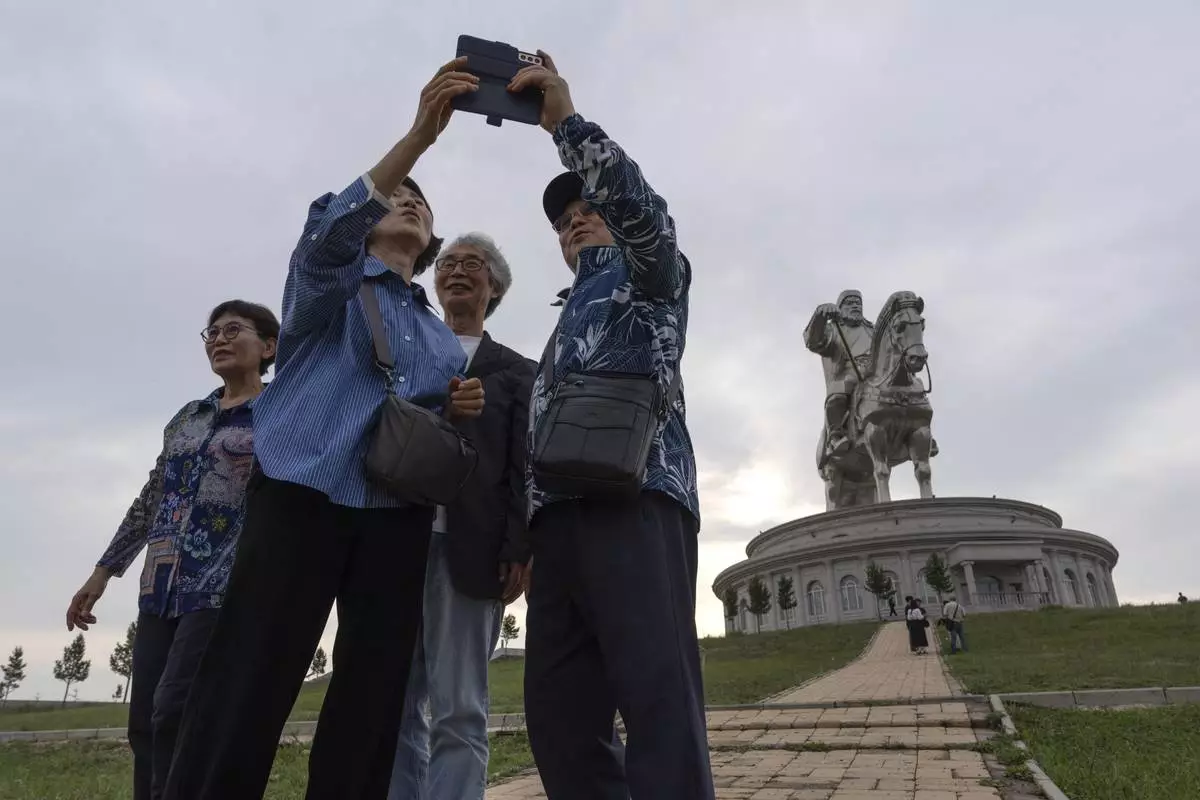
Tourists take photos near the 40-meter- (130-foot-) tall stainless steel statue of Genghis Khan, a national hero who amassed power to become the leader of the Mongols in the early 13th century on the outskirts of Ulaanbaatar, Mongolia on July 1, 2024. (AP Photo/Ng Han Guan)
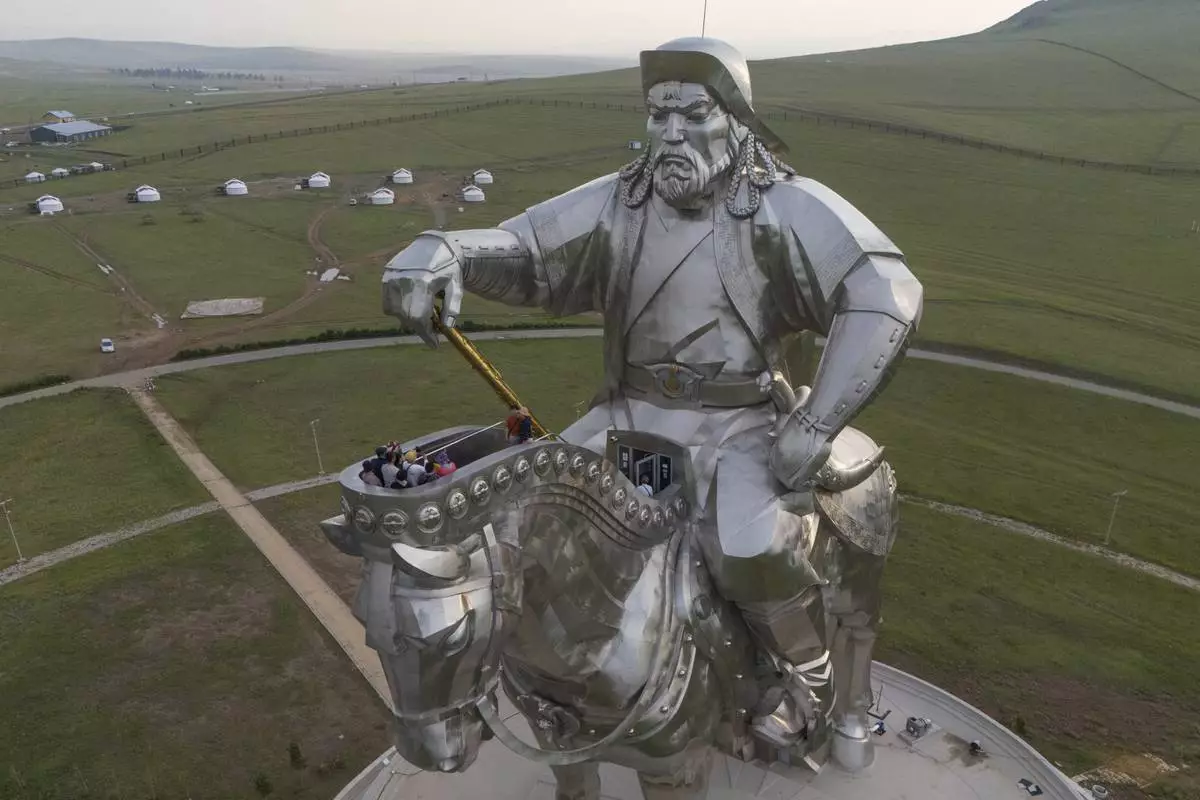
Tourists climb onto the 40-meter- (130-foot-) tall stainless steel statue of Genghis Khan, a national hero who amassed power to become the leader of the Mongols in the early 13th century on the outskirts of Ulaanbaatar, Mongolia on July 1, 2024. (AP Photo/Ng Han Guan)
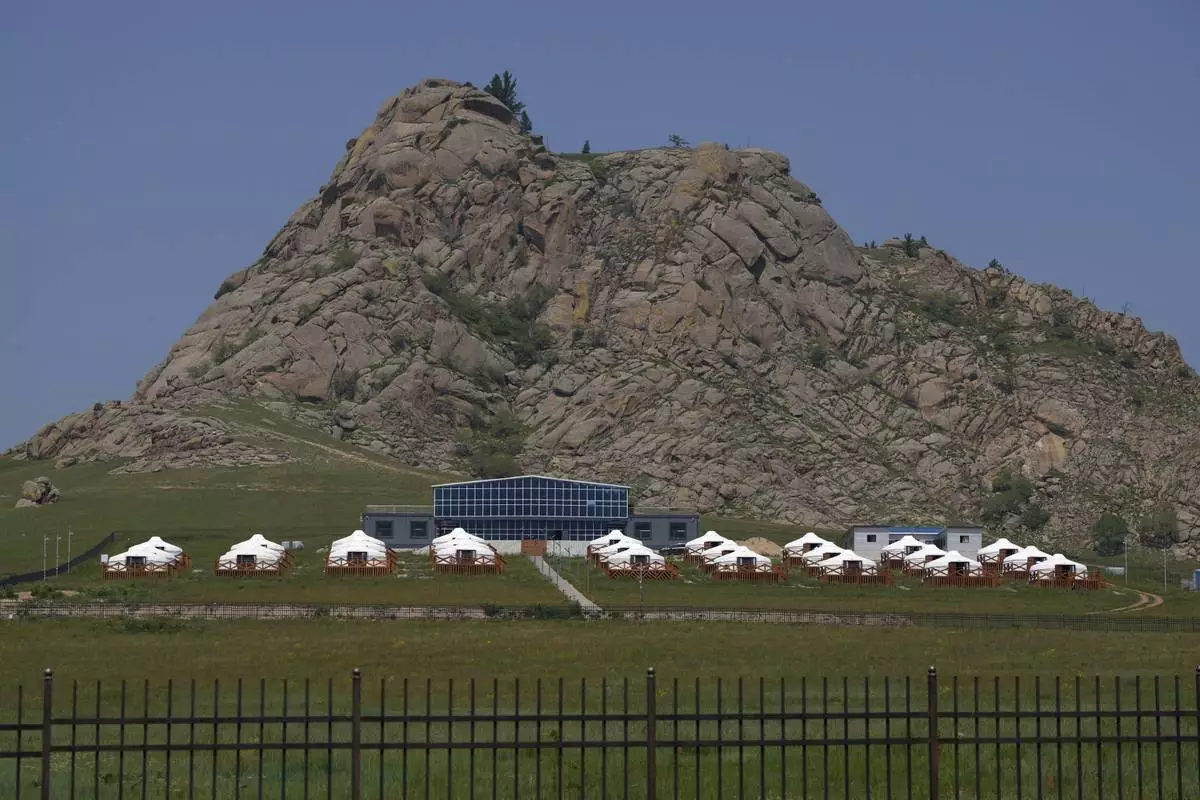
Gers for tourism are seen at the base of a rock outcrop in Terejl National Park outside Ulaanbaatar, Mongolia on July 3, 2024. (AP Photo/Ng Han Guan)
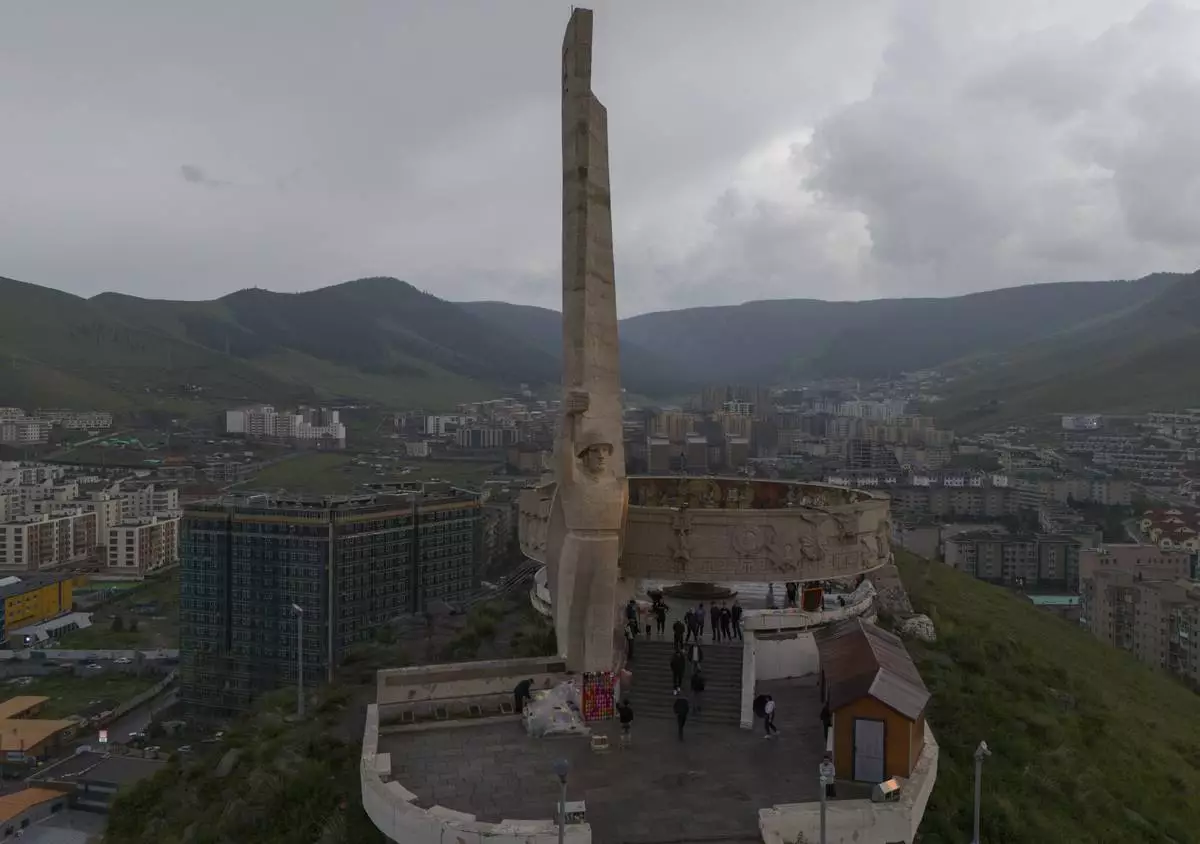
Tourists visit the Zaisan Memorial, a monument that honors allied Mongolian and Soviet soldiers killed in World War II, in Ulaanbaatar, Mongolia on June 29, 2024.(AP Photo/Ng Han Guan)
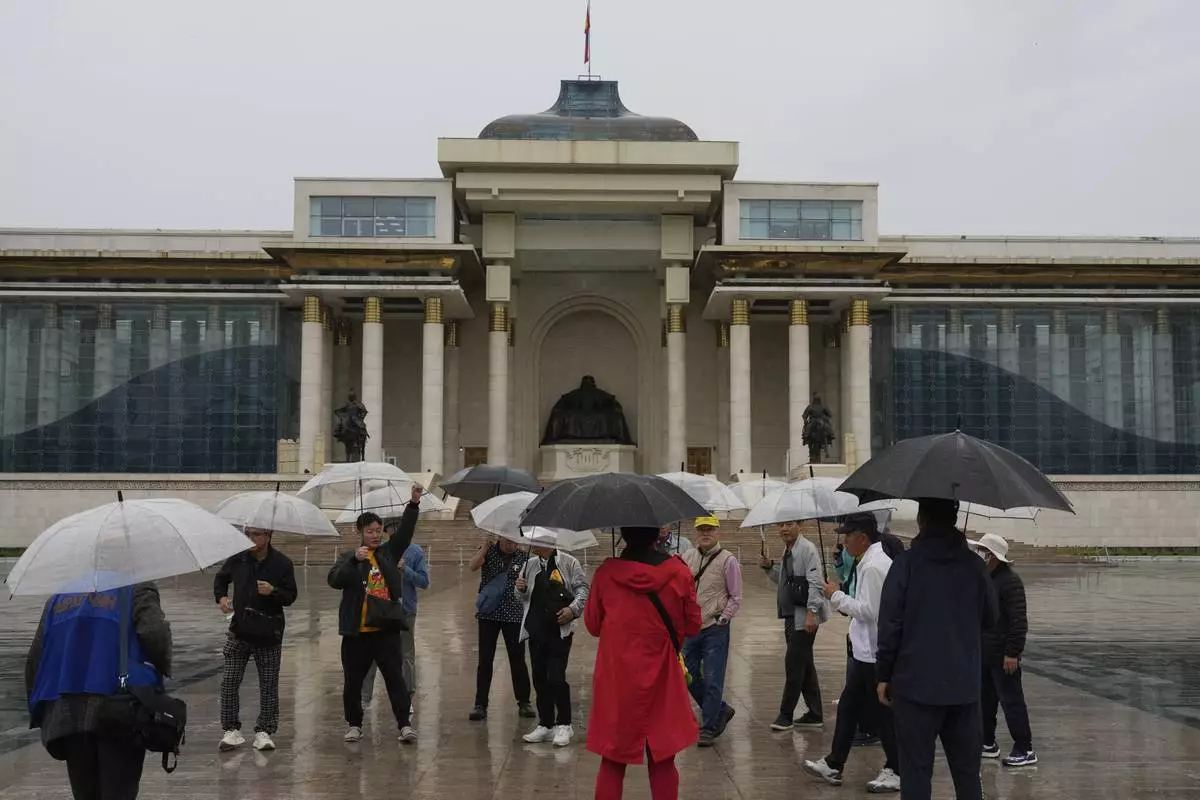
Korean tourists visit Sukhbaatar Square in Ulaanbaatar, Mongolia on June 27, 2024. (AP Photo/Ng Han Guan)
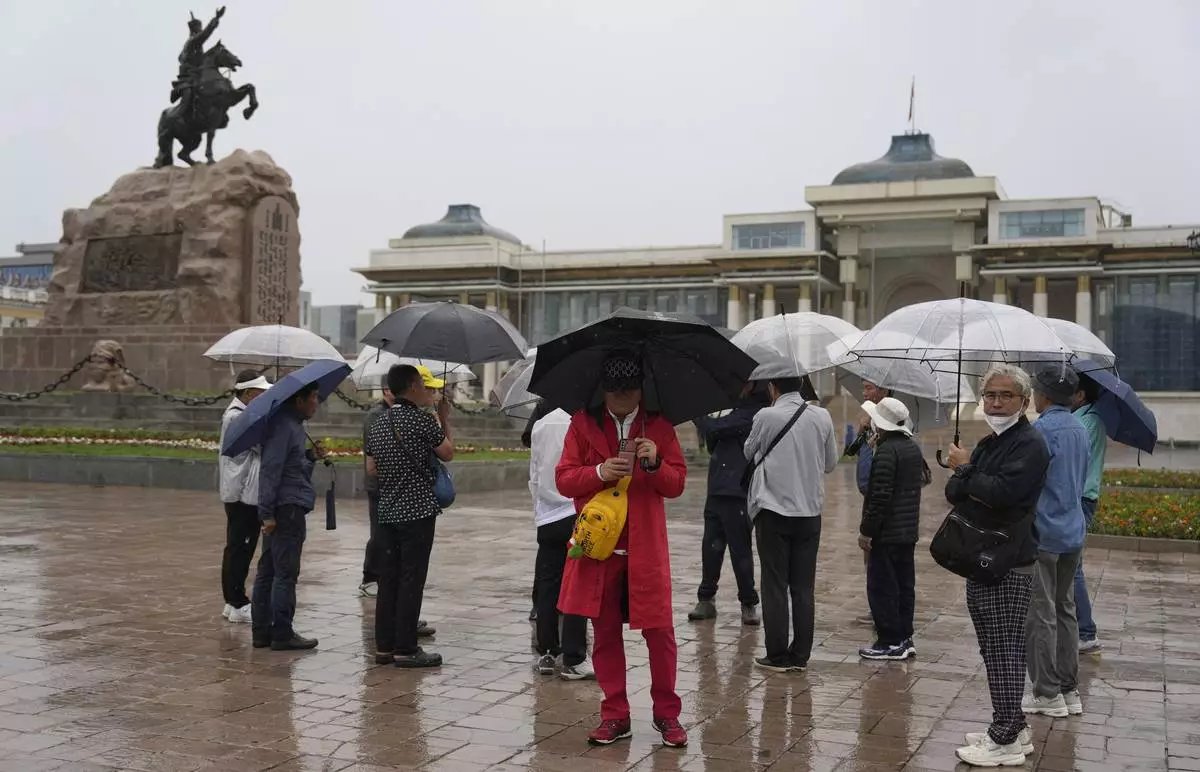
Korean tourists visit Sukhbaatar Square in Ulaanbaatar, Mongolia on June 27, 2024. (AP Photo/Ng Han Guan)
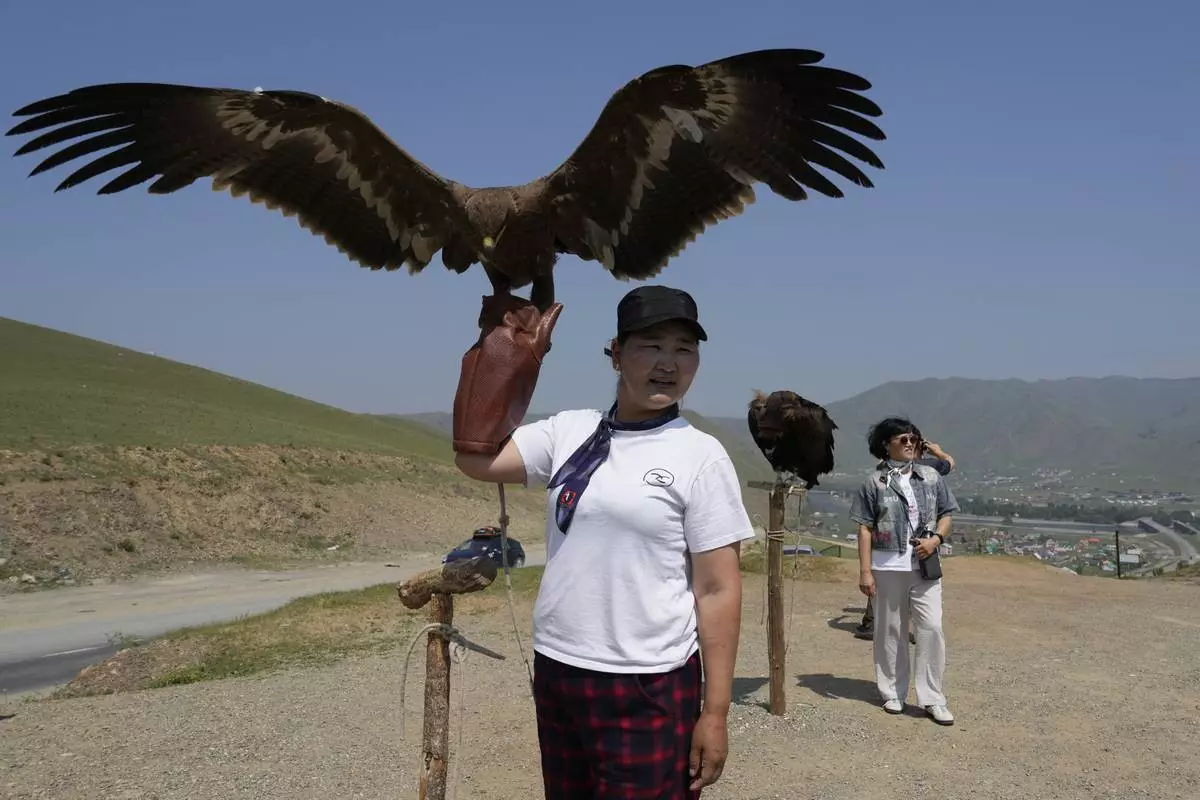
A vendor holds up an eagle as the waits for tourists to take photos with near the Terejl National Park outside Ulaanbaatar, Mongolia on July 3, 2024. (AP Photo/Ng Han Guan)
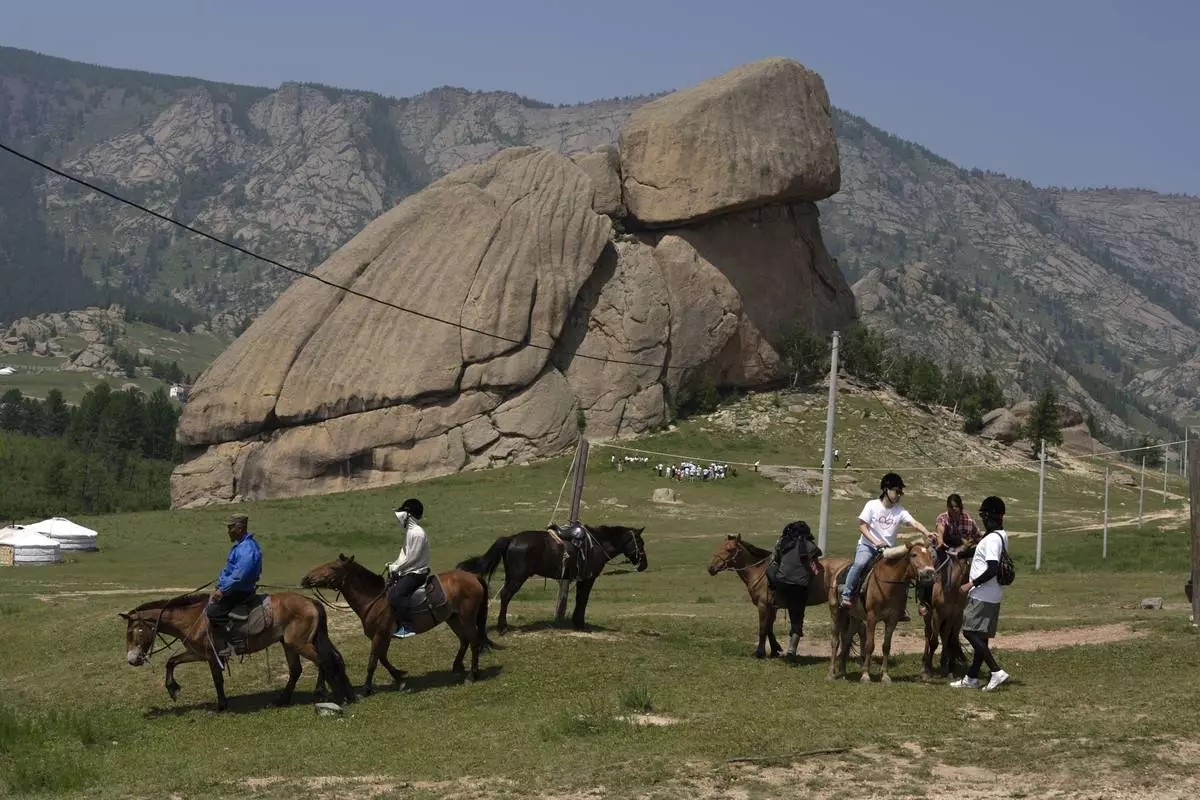
Tourists enjoy horseback riding near the iconic Turtle Rock outcrop at the Terejl National Park outside Ulaanbaatar, Mongolia on July 3, 2024. (AP Photo/Ng Han Guan)


